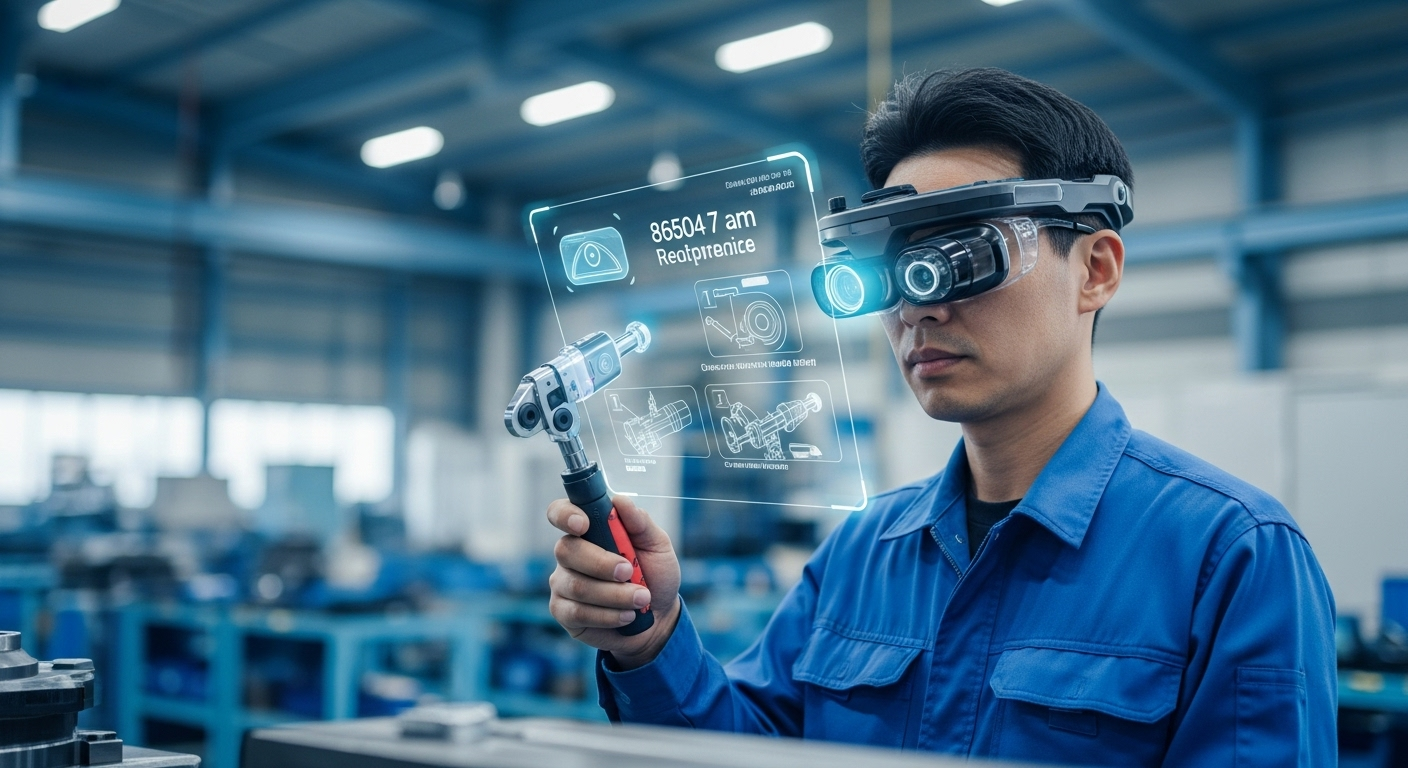Pioneering Productivity: The Impact of Industrial Augmented Reality
Introduction: The world of industrial operations is continually evolving, with new technologies revolutionizing traditional methods. Among these, Industrial Augmented Reality (IAR) presents a potent tool for enhancing productivity and operational efficiency. This article delves into the intricacies of IAR and its transformative impact on the business and industrial sectors.

A Historical Overview of Industrial Augmented Reality
Augmented Reality (AR) traces its roots back to the 1960s, with the creation of the first head-mounted display system. However, it wasn’t until the turn of the millennium that AR began to find practical applications in industrial settings. Today, with advancements in wearable technology and data processing, Industrial Augmented Reality has emerged as a disruptive force, changing the face of various industries from manufacturing to logistics and beyond.
Current Trends and Insights in Industrial Augmented Reality
IAR is seeing widespread adoption across numerous sectors due to its potential to enhance efficiency, reduce errors, and improve safety. It allows employees to visualize complex data and instructions overlayed on their physical environment, making tasks more manageable and accurate. Furthermore, with advancements in AR glasses and other wearable devices, workers can access this information hands-free, increasing efficiency and productivity.
The Impact of Industrial Augmented Reality on Business and Industry
The implementation of IAR can bring myriad benefits to businesses. It can significantly reduce training time and costs, as employees can learn on the job using AR instructions. Additionally, it can improve product quality and reduce errors by providing real-time assistance during complex tasks. However, there are also challenges to be addressed, such as the high upfront cost of AR devices and the need for robust data security measures.
Research-Backed Insights on IAR
A study by the Capgemini Research Institute found that enterprises using AR and VR technologies have seen operational benefits, including a 34% increase in assembly efficiency. Another report by PTC states that 50% of companies currently implementing AR aim to enhance service and maintenance. These numbers validate the significant potential of IAR in driving operational efficiency and productivity.
Practical Insights for Implementing Industrial Augmented Reality
-
Adopt a phased approach: Begin with pilot projects to understand the potential benefits and challenges of IAR in your specific context.
-
Focus on training: Use IAR for training employees, particularly in complex tasks, to improve understanding and reduce errors.
-
Prioritize security: As with any technology that uses data, ensure robust data security measures are in place.
-
Consider the cost: While the benefits of IAR are significant, it’s essential to consider the high upfront costs and the return on investment.
In conclusion, Industrial Augmented Reality presents a transformative opportunity for businesses and industries. With its potential to enhance efficiency, reduce errors, and improve safety, it is poised to become a critical component of future industrial operations. However, businesses must carefully consider the benefits, challenges, and costs before embarking on this journey. By doing so, they can leverage IAR to its full potential, driving productivity and growth in the process.




